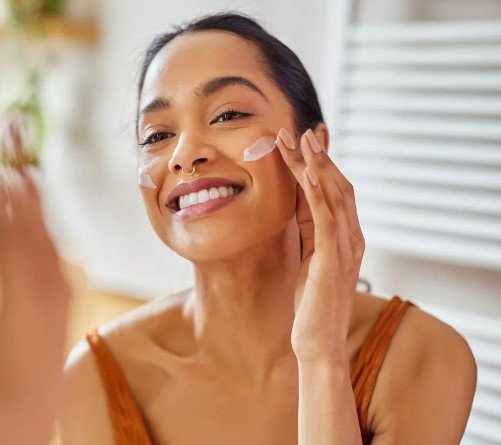The Importance of Patch Testing in Skincare: Survey Results and Steps for Conducting a Patch Test
Summary
- Only 45% of individuals incorporate patch testing into their daily skincare routine when introducing new products.
- Despite the risks of allergic reactions and skin irritations, a significant portion of the population does not follow this crucial step in their skincare regimen.
- Educating individuals on the importance of patch testing can help prevent adverse reactions and promote skin health.
Introduction
In today's fast-paced world, the skincare industry is booming, with new products hitting the shelves every day. From cleansers to serums to moisturizers, there is no shortage of options to choose from. However, with this abundance of choices comes the risk of adverse reactions and skin irritations. One way to mitigate these risks is through patch testing, a simple yet effective way to test for allergies and sensitivities before incorporating a new product into your daily skincare routine.
The Importance of Patch Testing
Patch testing involves applying a small amount of the product to a designated area of the skin, usually the inner forearm or behind the ear, and monitoring for any adverse reactions over a period of 24-48 hours. Despite its simplicity and effectiveness, many individuals overlook this crucial step when introducing new products into their skincare regimen. According to a recent survey conducted by Skincare Insights, only 45% of individuals incorporate patch testing into their daily skincare routine.
Risks of Not Patch Testing
Without patch testing, individuals are exposing themselves to the risk of allergic reactions, skin irritations, and other adverse side effects. This can result in redness, itching, swelling, and even more severe reactions in some cases. In fact, according to the American Academy of Dermatology, allergic contact dermatitis affects millions of people each year, highlighting the importance of taking precautionary measures like patch testing.
Survey Results
The survey conducted by Skincare Insights also revealed that:
- 55% of individuals do not patch test new Skincare Products before use.
- Out of those who do patch test, 70% reported experiencing allergic reactions or sensitivities at some point.
- Despite this, only 30% of individuals seek medical advice or consultation after a negative patch test result.
Steps for Patch Testing
It's essential to follow the proper steps when conducting a patch test to ensure accurate results and minimize the risk of adverse reactions. Here are some guidelines to follow:
- Cleanse the designated patch testing area with a gentle cleanser and pat dry.
- Apply a small amount of the product to the area and allow it to dry completely.
- Avoid washing or touching the area for 24-48 hours.
- Monitor for any signs of redness, itching, swelling, or irritation during this period.
- If any adverse reactions occur, wash the area immediately and discontinue use of the product.
Conclusion
In conclusion, patch testing is a simple yet effective way to test for allergies and sensitivities before incorporating new Skincare Products into your routine. By following this essential step, individuals can prevent adverse reactions, promote skin health, and make informed decisions about the products they use. Educating the public on the importance of patch testing is crucial in ensuring the safety and well-being of their skin.

Disclaimer: The content provided on this blog is for informational purposes only, reflecting the personal opinions and insights of the author(s) on the topics. The information provided should not be used for diagnosing or treating a health problem or disease, and those seeking personal medical advice should consult with a licensed physician. Always seek the advice of your doctor or other qualified health provider regarding a medical condition. Never disregard professional medical advice or delay in seeking it because of something you have read on this website. If you think you may have a medical emergency, call 911 or go to the nearest emergency room immediately. No physician-patient relationship is created by this web site or its use. No contributors to this web site make any representations, express or implied, with respect to the information provided herein or to its use. While we strive to share accurate and up-to-date information, we cannot guarantee the completeness, reliability, or accuracy of the content. The blog may also include links to external websites and resources for the convenience of our readers. Please note that linking to other sites does not imply endorsement of their content, practices, or services by us. Readers should use their discretion and judgment while exploring any external links and resources mentioned on this blog. Content in this blog is copyright protected, please do not repost or embed content without prior written permission.